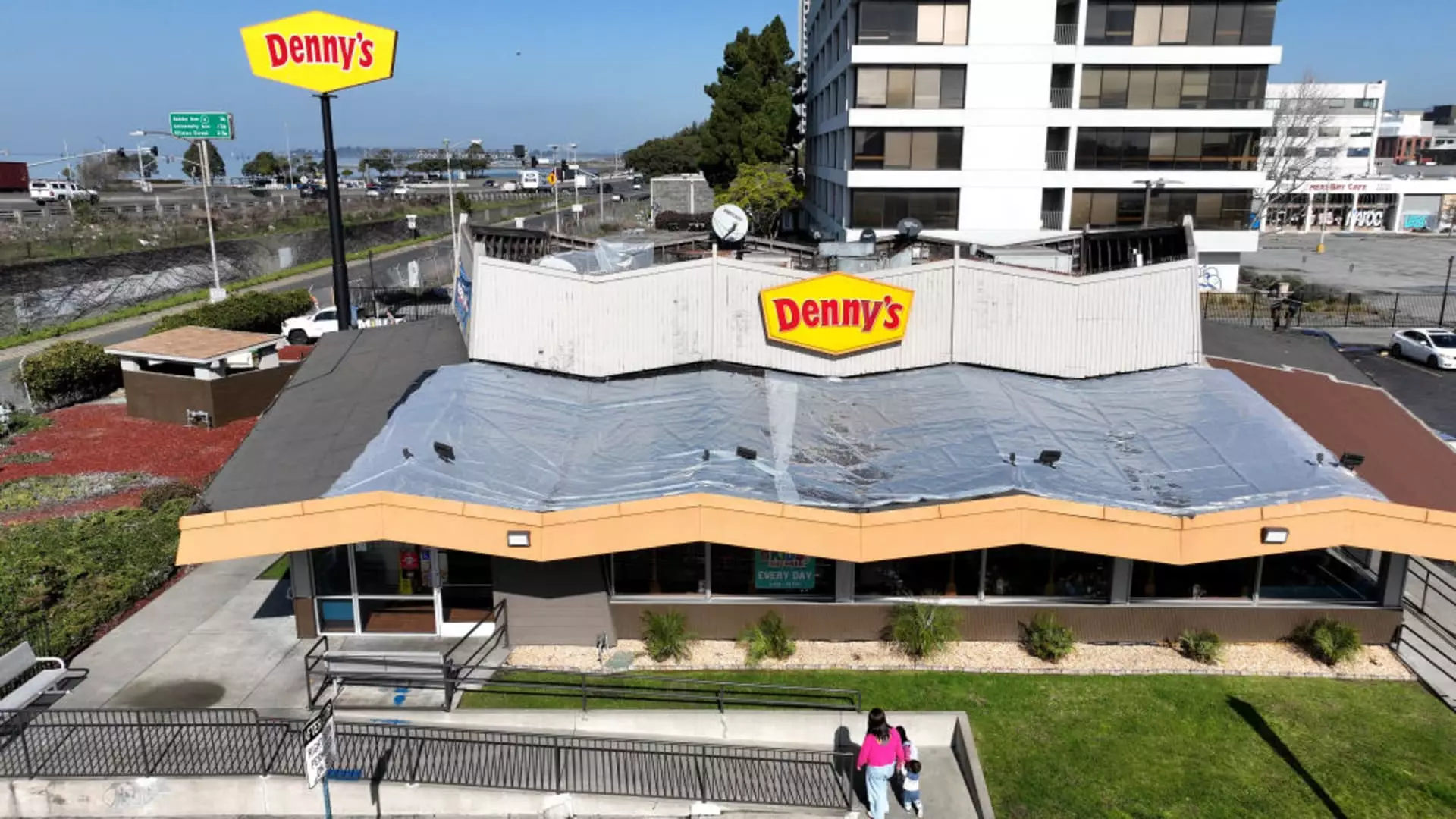The restaurant industry faced unprecedented challenges in 2024, culminating in a wave of closures as chains struggled to adapt to changing consumer habits. Inflation and economic uncertainties prompted diners to become increasingly frugal, seeking value and discounts rather than indulgence when dining out. According to industry data from Black Box Intelligence, the number of restaurant visits in the United States saw a significant decline during the year, impacting overall sales and leading to a staggering rise in bankruptcies across the sector. The reality is stark: with 26 restaurant companies filing for Chapter 11 this year — almost three times the number recorded in 2020 — it is clear that the industry landscape is experiencing a seismic shift.
Consumers’ reliance on fast-casual dining options has only exacerbated the plight of traditional casual dining chains. As competitive brands like Chipotle and Sweetgreen have surged in popularity, the conventional establishments that once dominated the market have found it increasingly difficult to attract patrons. These chains have not only faced a decrease in foot traffic but have also had to contend with a reputation of being outdated, making the battle for consumer attention even more daunting.
Major Players in Turmoil
Significant shifts within the industry landscape became apparent as prominent chains disclosed their closure plans. Wendy’s, a stalwart in fast food, announced the closure of 140 underperforming locations toward the end of the year, complementing an earlier cut of 80 locations. CEO Kirk Tanner stated that this decision was part of a broader strategy to revitalize the company’s operations and modernize its footprint. Despite this aggressive pruning, Wendy’s projected that its total number of restaurants would remain stable thanks to new openings.
Similarly, Applebee’s, under its parent company Dine Brands, reported a decline in same-store sales for six consecutive quarters and announced plans to shutter 25 to 35 locations. The need to adapt to the market became dire as the brand continued to close more establishments than it opened for several years, further underscoring the difficulties faced by many casual dining chains.
Denny’s, another 24-hour diner, announced an ambitious plan to close approximately 150 locations by 2025 after selling off lower-performing units, which executives believe will ultimately enhance sales performance. Despite a fragile terrain, Denny’s plans to reinvigorate its portfolio with new openings in the coming years, indicating a continued commitment to recovery.
Bankruptcy Filings: A Symptom of the Crisis
TGI Fridays’ struggle, underscored by its decision to file for bankruptcy in November, illuminated the growing trend of distress in the casual dining segment. The chain closed 86 restaurants concurrently with its bankruptcy filing, showing the depth of its operational challenges. The looming court decision concerning its future adds another layer of uncertainty for both employees and patrons.
Red Lobster’s situation mirrors this upheaval. In a drastic response to falling sales, the restaurant retrenched by closing over 120 locations, even prior to declaring bankruptcy. Emerging with new leadership, the seafood chain aims to stabilize its operations and reestablish a stronger market position, aspiring for a resurgence devoid of further closures.
Conversely, even some fast-casual chains like Noodles & Company were not exempt from the fallout. The company announced the impending closure of 20 locations as part of a comprehensive review of its operations, a necessity in today’s market that prioritizes adaptability and consumer engagement. The company is undergoing a menu revision to boost its appeal, yet the journey to recovery remains uncertain.
The turmoil within the restaurant industry in 2024 paints a gritty picture of resilience amid adversity. While many chains have made the difficult decision to close underperforming locations, these strategic moves may also pave the way for a more sustainable future. By focusing on their strengths, modernizing operations, and aligning offerings with consumer preferences, these companies can potentially recover lost footing in a competitive market.
As 2025 approaches, the restaurant industry must learn from the trials of this year. Every closure serves as both a cautionary tale and a stepping stone toward finding a more viable business model. For consumers, the evolving landscape holds the promise of revitalized dining experiences, even as the industry continues to navigate the challenges laid bare over the last twelve months. It is a precarious moment, but ultimately a shot at rebirth for many of these iconic brands.

